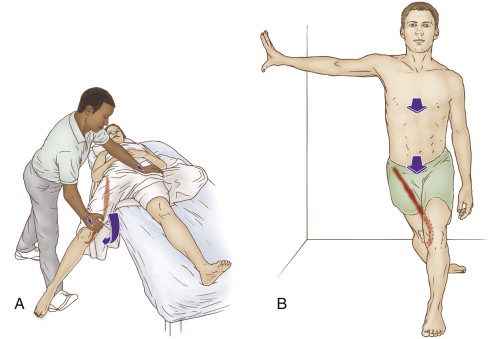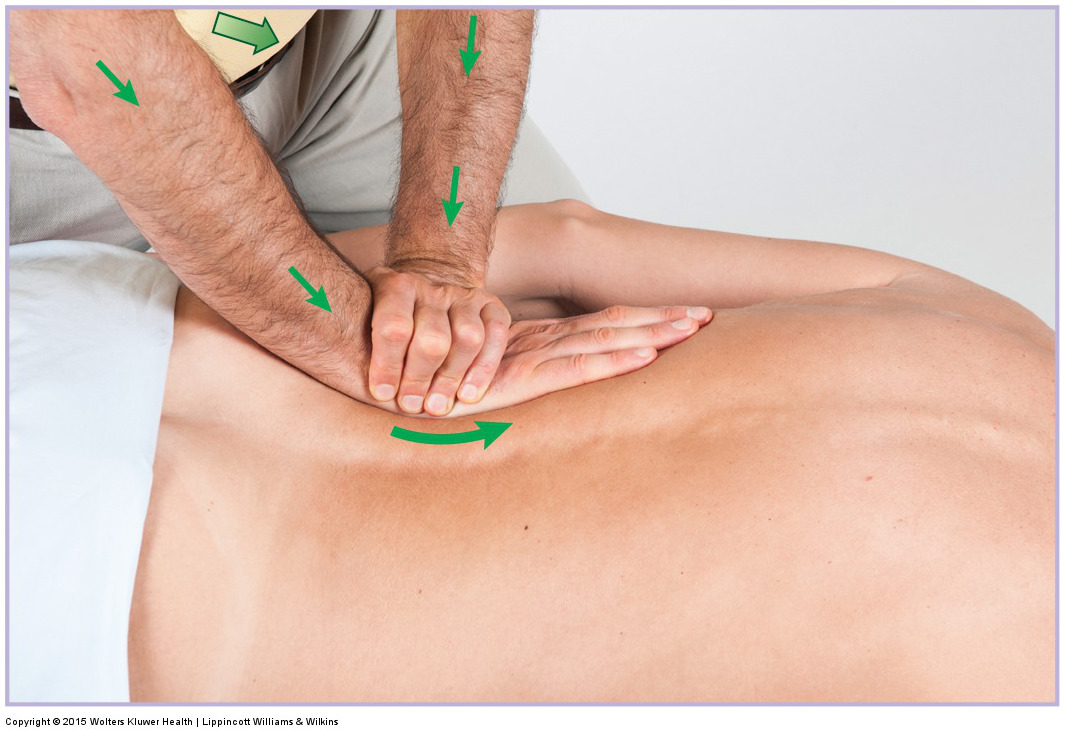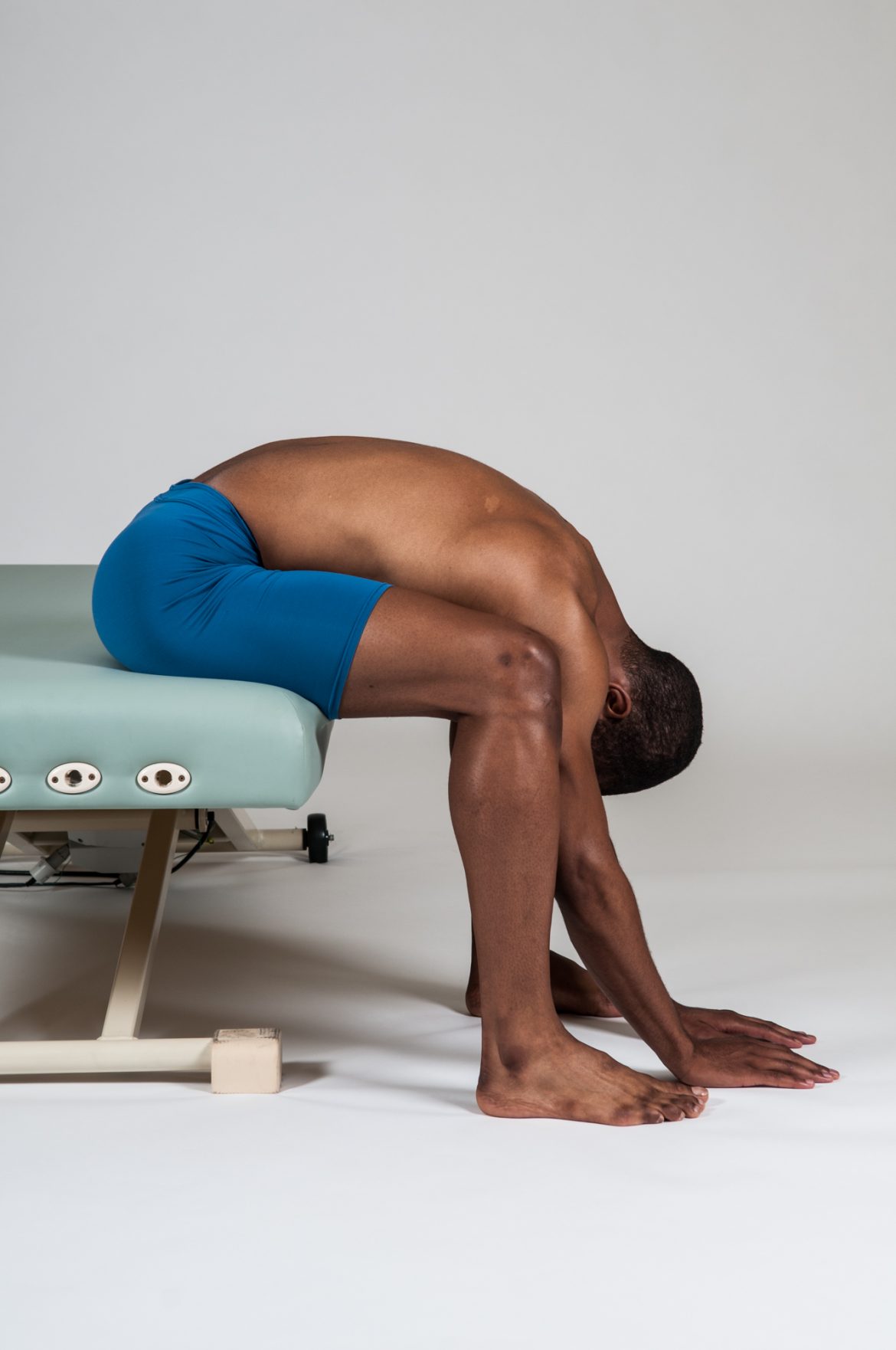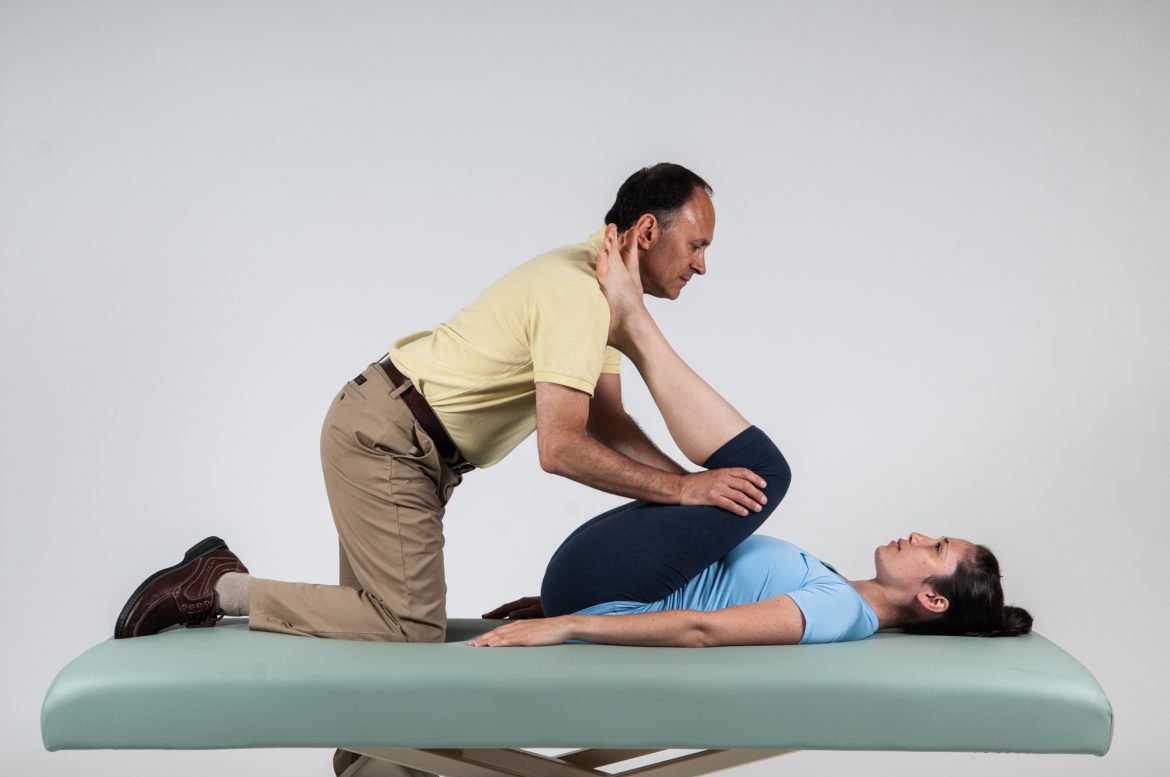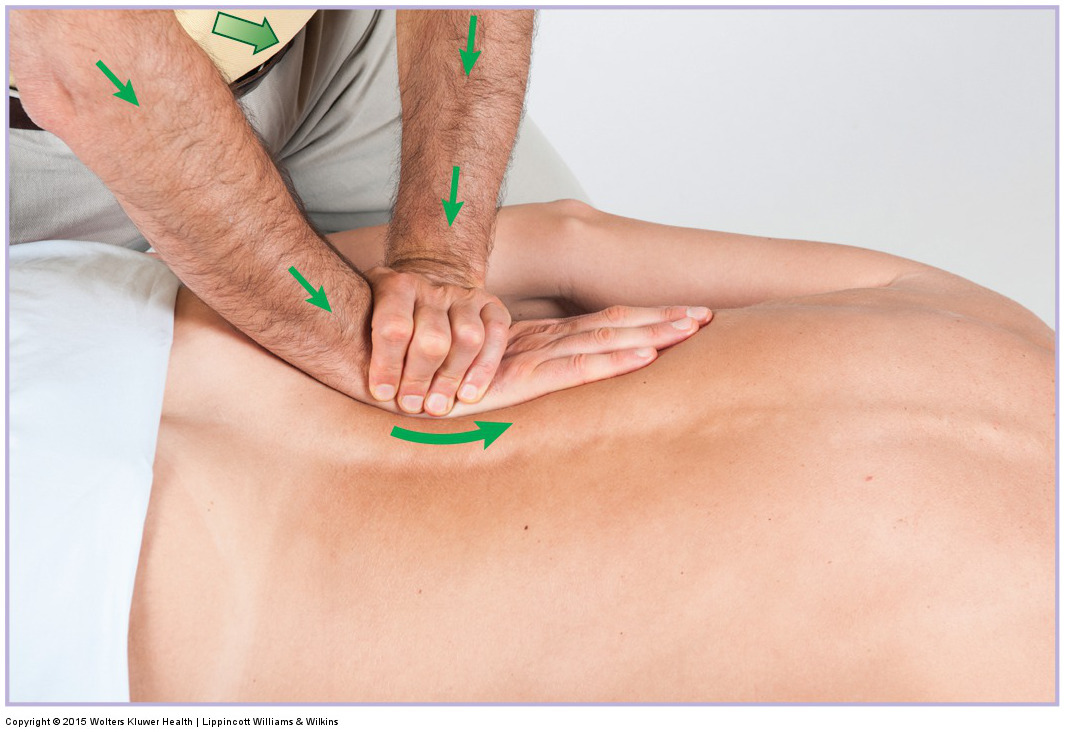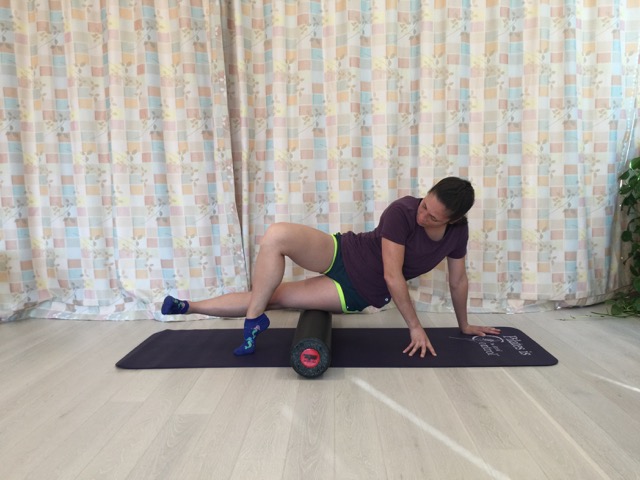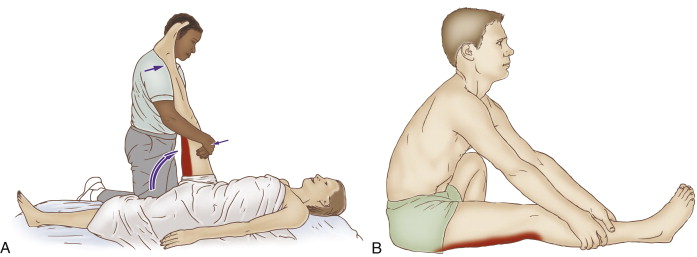Self-care for the client/patient: Self-care for meralgia paresthetica involves removing the physical stress factors that could contribute to the condition: avoidance of clothing or belts that are tight and/or press against the anterior hip, losing excess weight, and avoiding offending …
A manual therapy case study on lower crossed syndrome.
Manual therapy case study: Kori is a 30-year-old store clerk how works at a high-end clothing store. Her low back has been tight for as long as she can remember, but she never had any pain until recently. The pain …
What are the self-care and medical approaches to lower crossed syndrome?
Self-care for the client/patient: When working with a client/patient for the treatment of lower crossed syndrome, the importance of client self-care is critical. First, the client must be advised to avoid collapsing into the lower crossed rounded posture as much …
How do we treat lower crossed syndrome with manual therapy?
Manual therapy treatment: Given that lower crossed syndrome does not cause pain in the early stages, clients/patients often do not present for treatment until this condition is very chronic and progressed, and therefore stubborn and resistant to treatment. However, if …
How do we treat low back strains and sprains with manual therapy?
Manual therapy treatment: Treatment for a low back strain or sprain is similar to the treatment of any muscular strain or ligamentous sprain. Regarding a low back strain or sprain, because the musculature of the low back is so large …
What are the self-care and medical approaches to iliotibial band friction syndrome?
Self-care for the client/patient: As with any inflammatory condition, self-care for iliotibial band friction syndrome (ITBFS) begins with RICE: rest, ice, compression, and elevation. Most important of these are ice and rest. It is extremely important that the client/patient stop …
How do we treat iliotibial band friction syndrome with manual therapy?
Manual therapy treatment: Manual therapy treatment for ITBFS is geared primarily toward reducing the inflammation of the condition and correcting its underlying cause. For the condition itself, ice is indicated to reduce the swelling. Gentle effleurage strokes from distal to …
What are the self-care and medical approaches to hamstring strain?
Self-care for the client/patient: Self-care for the client/patient during the acute stage is RICE: rest, ice, compression, and elevation. Of these, rest and ice are most important. Icing should be applied until the area is numb and then removed. Flexible …
How do we treat hamstring strain with manual therapy?
Manual therapy treatment: During the acute inflammatory stage of a hamstring strain while torn muscle tissue is still healing, treatment is oriented toward decreasing inflammation and allowing the damaged tissue to heal. RICE (rest, ice, compression, and elevation) are recommended. …
What are the self-care and medical approaches to frozen shoulder?
Self-care for the client/patient: Self-care for the client/patient with frozen shoulder is very important. Recommend stretching at home or work as many times as possible, with a minimum of three times per day. If possible, the stretching should be done …

